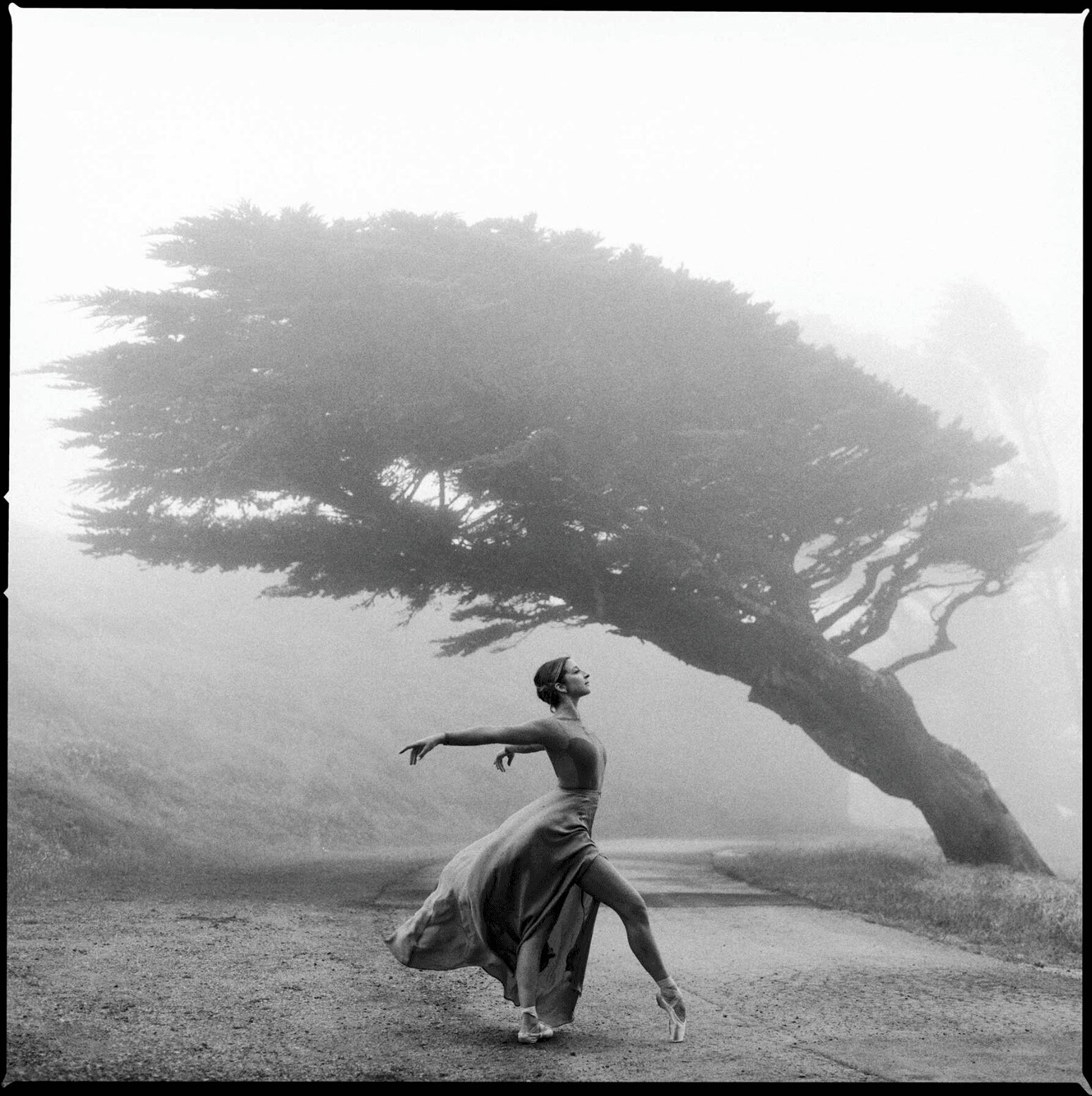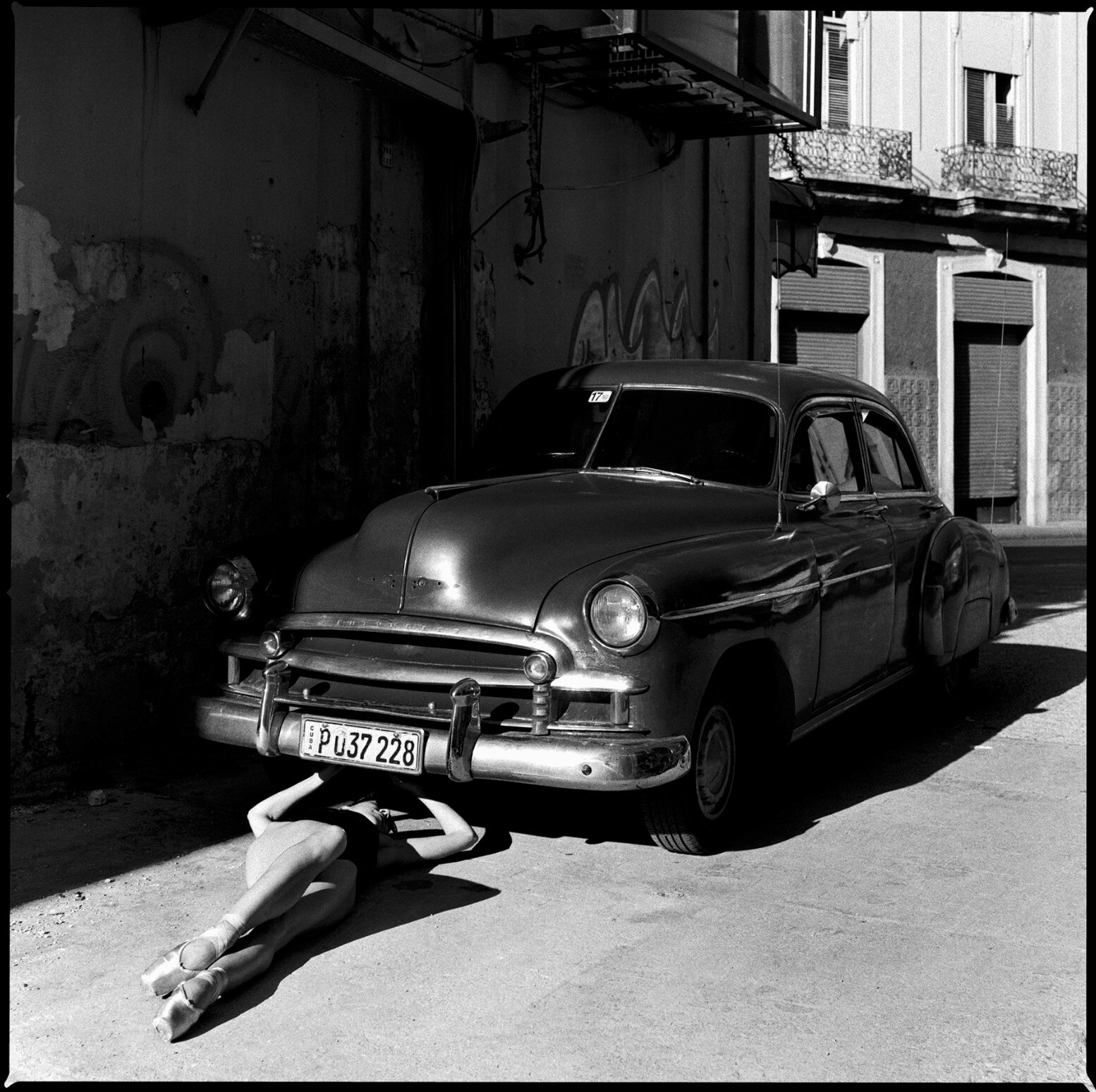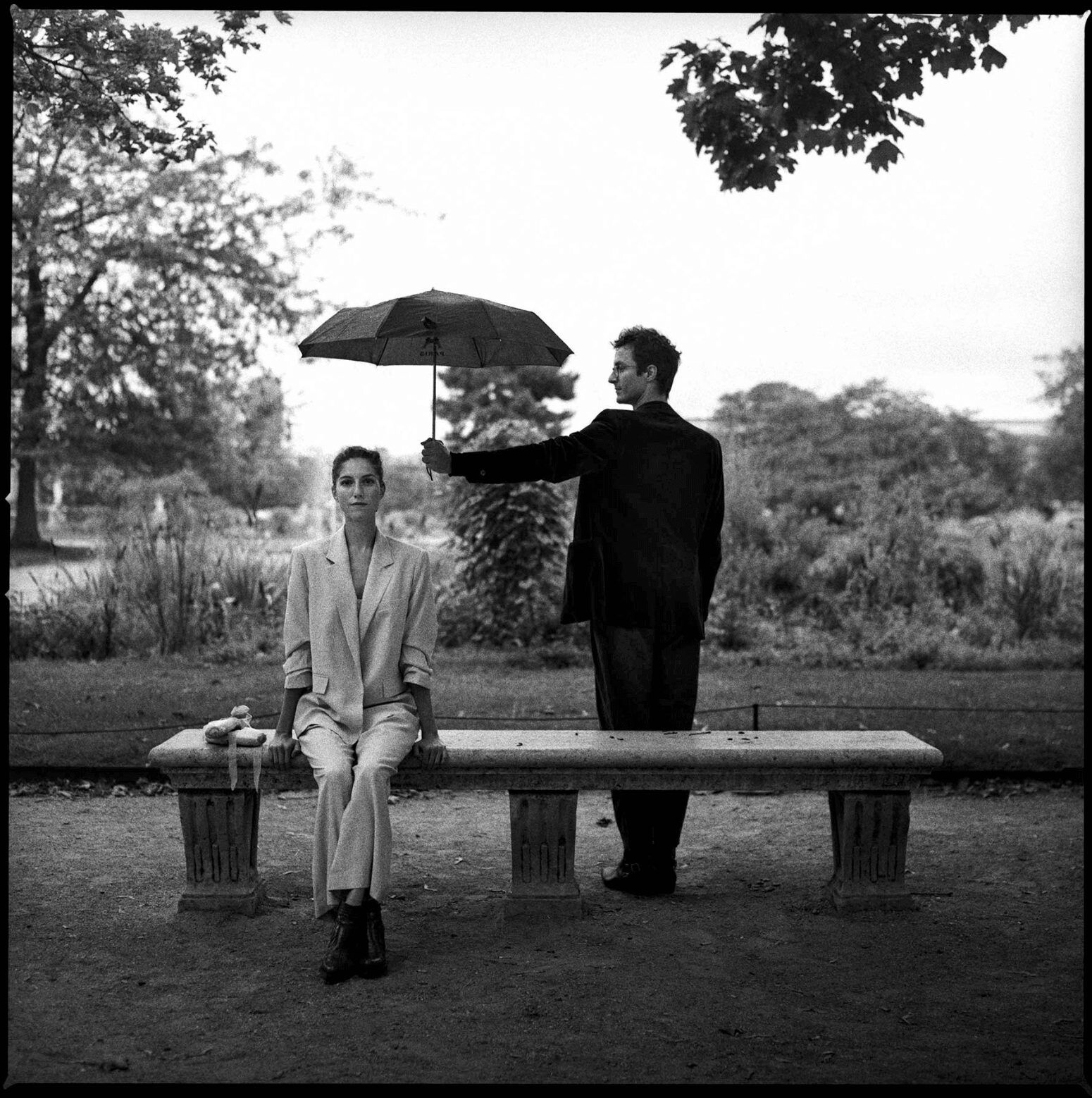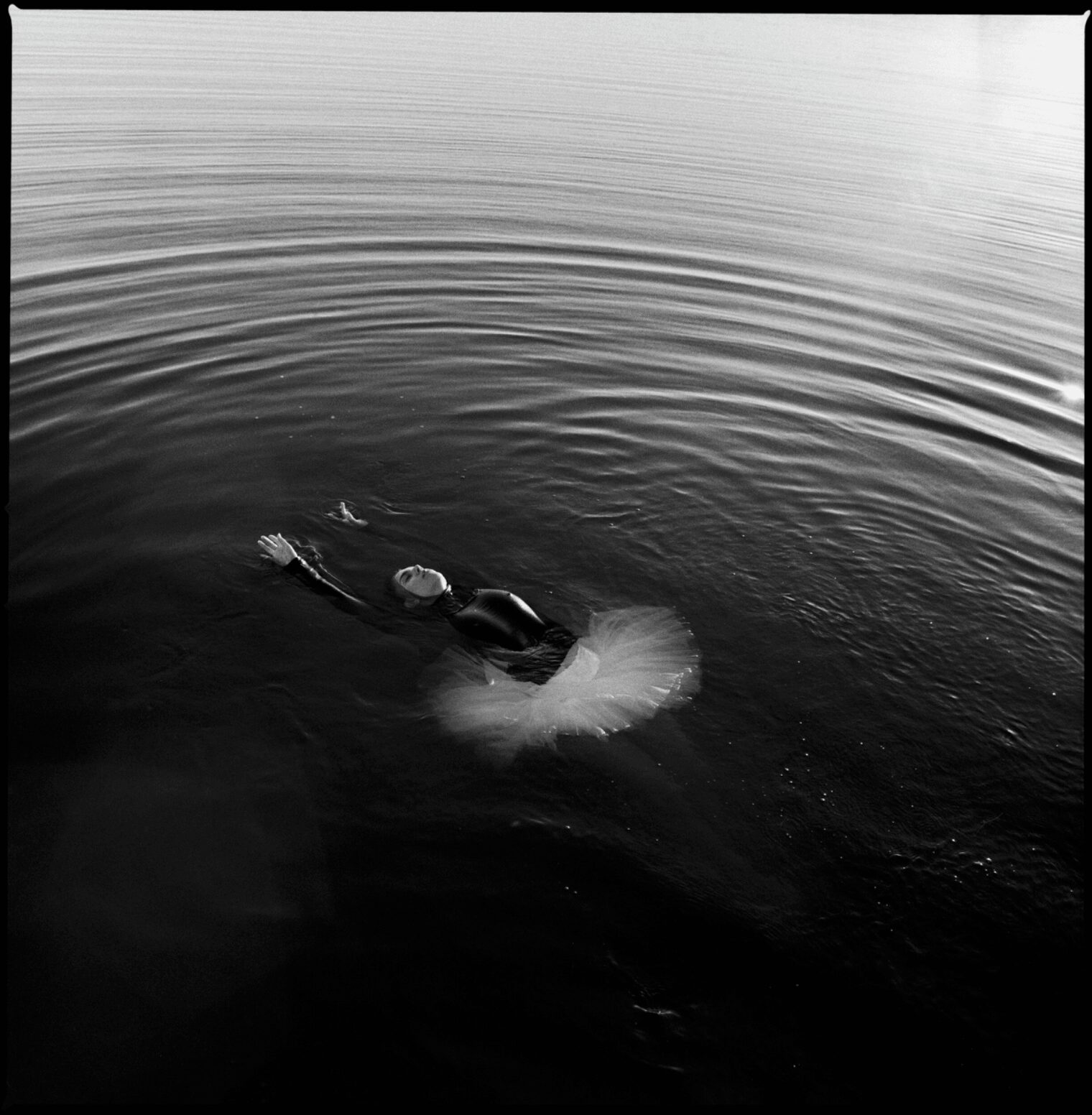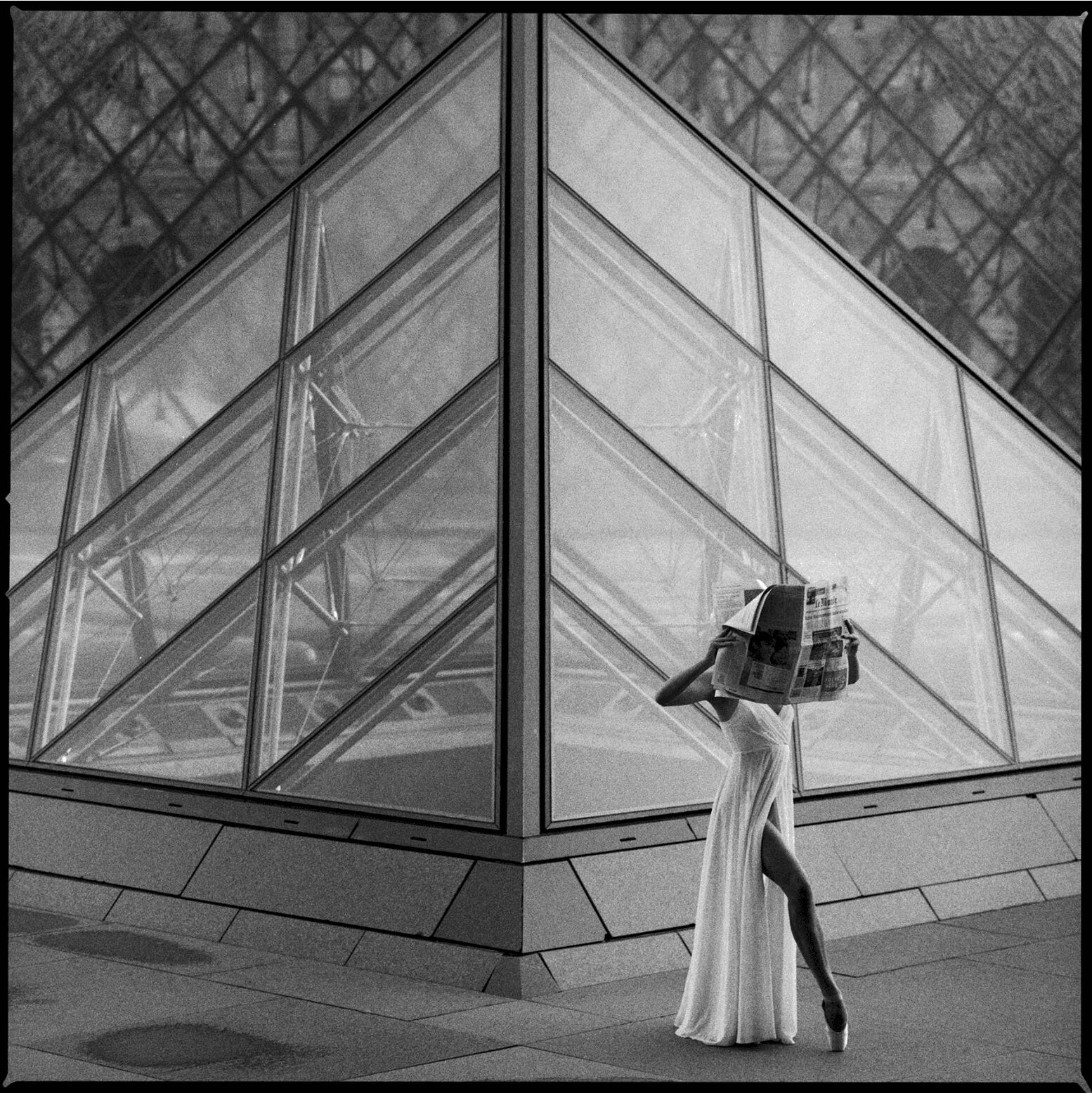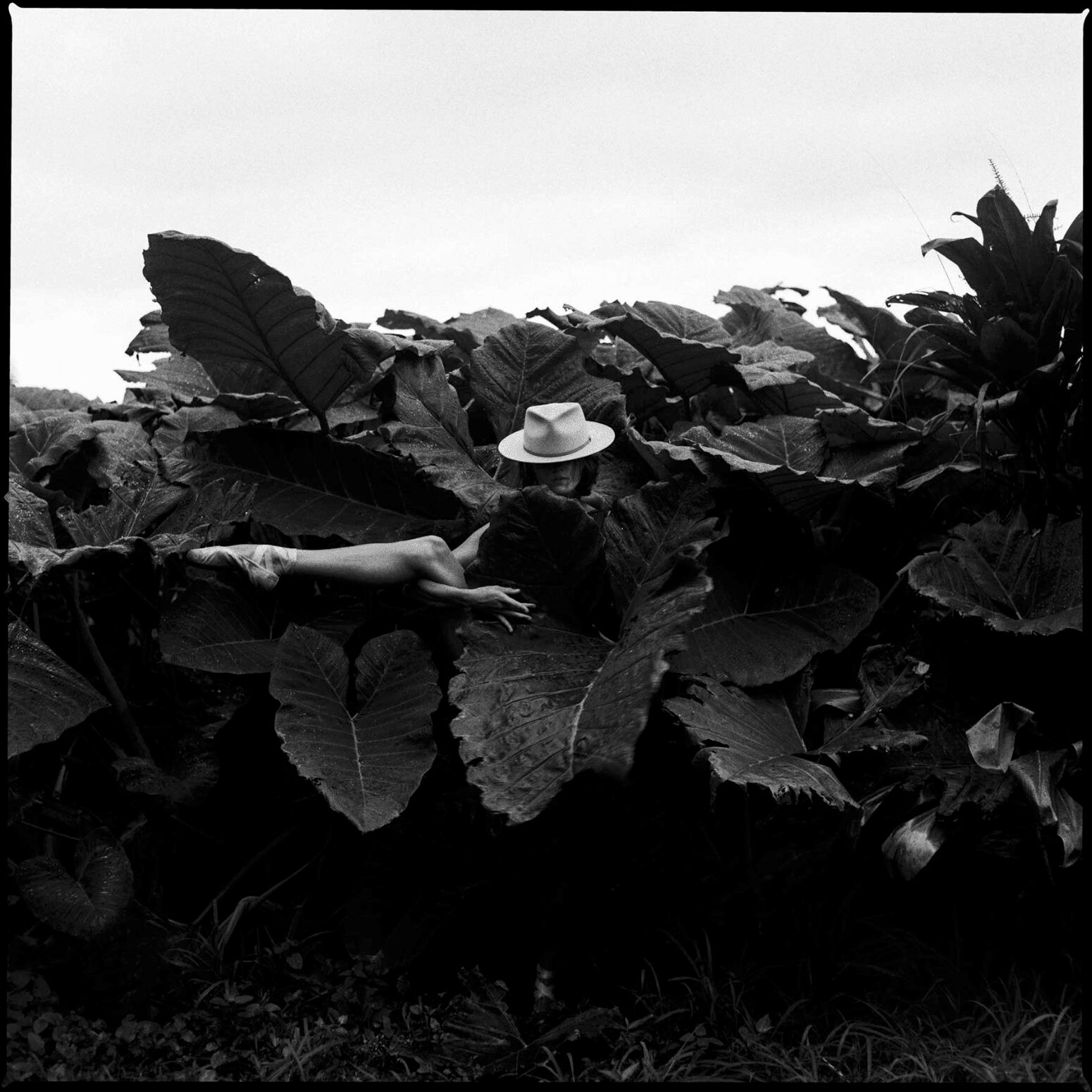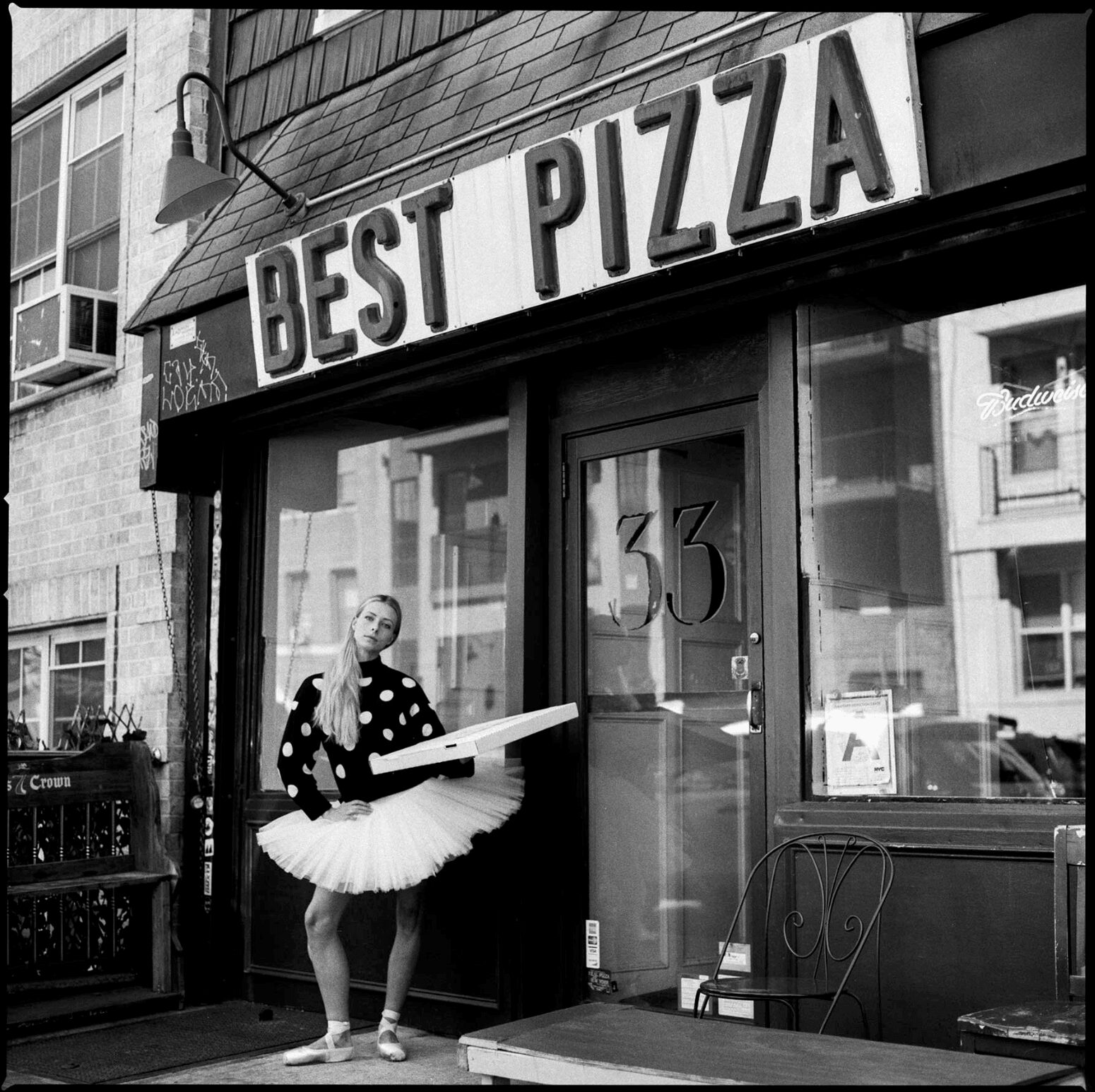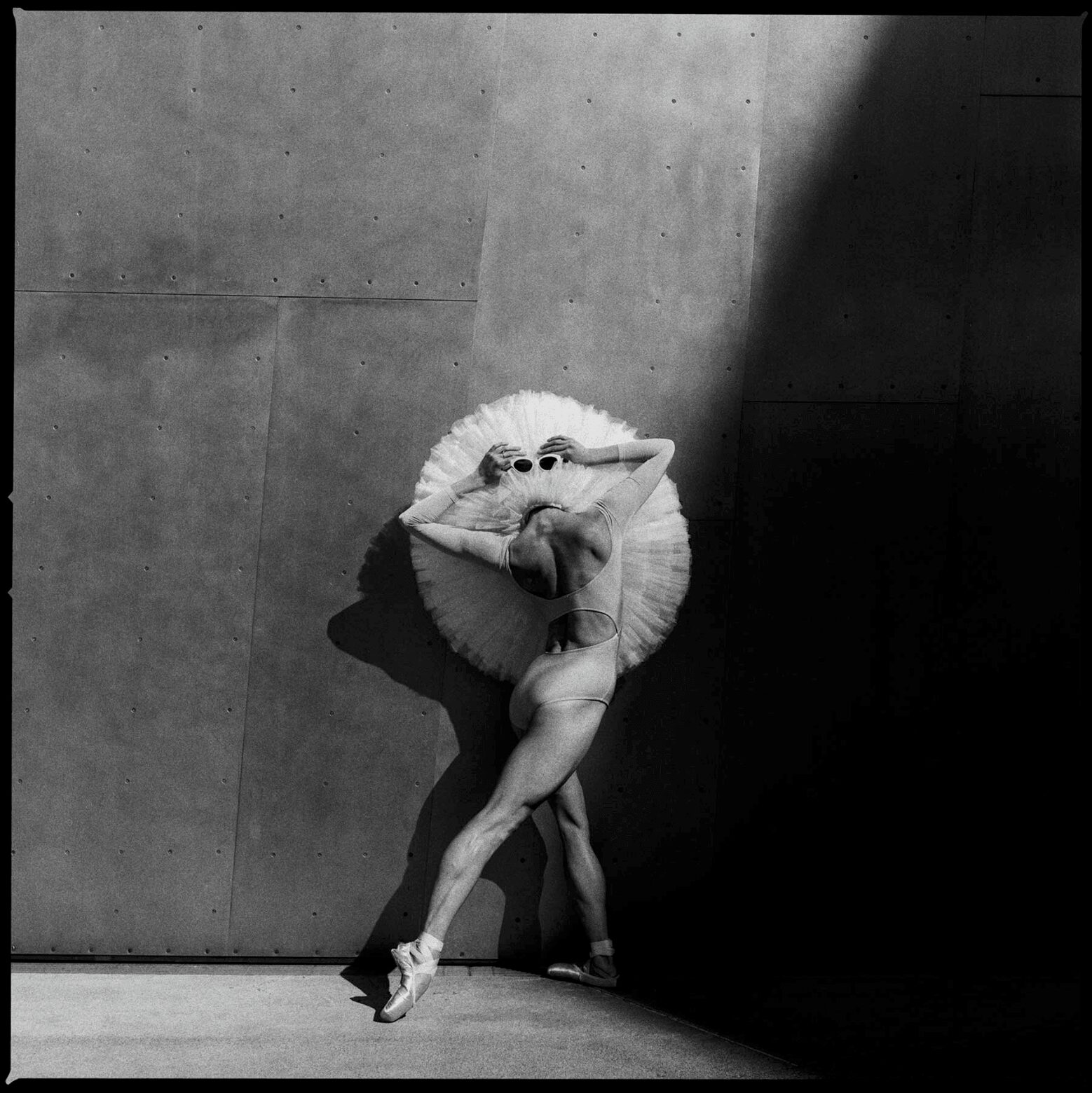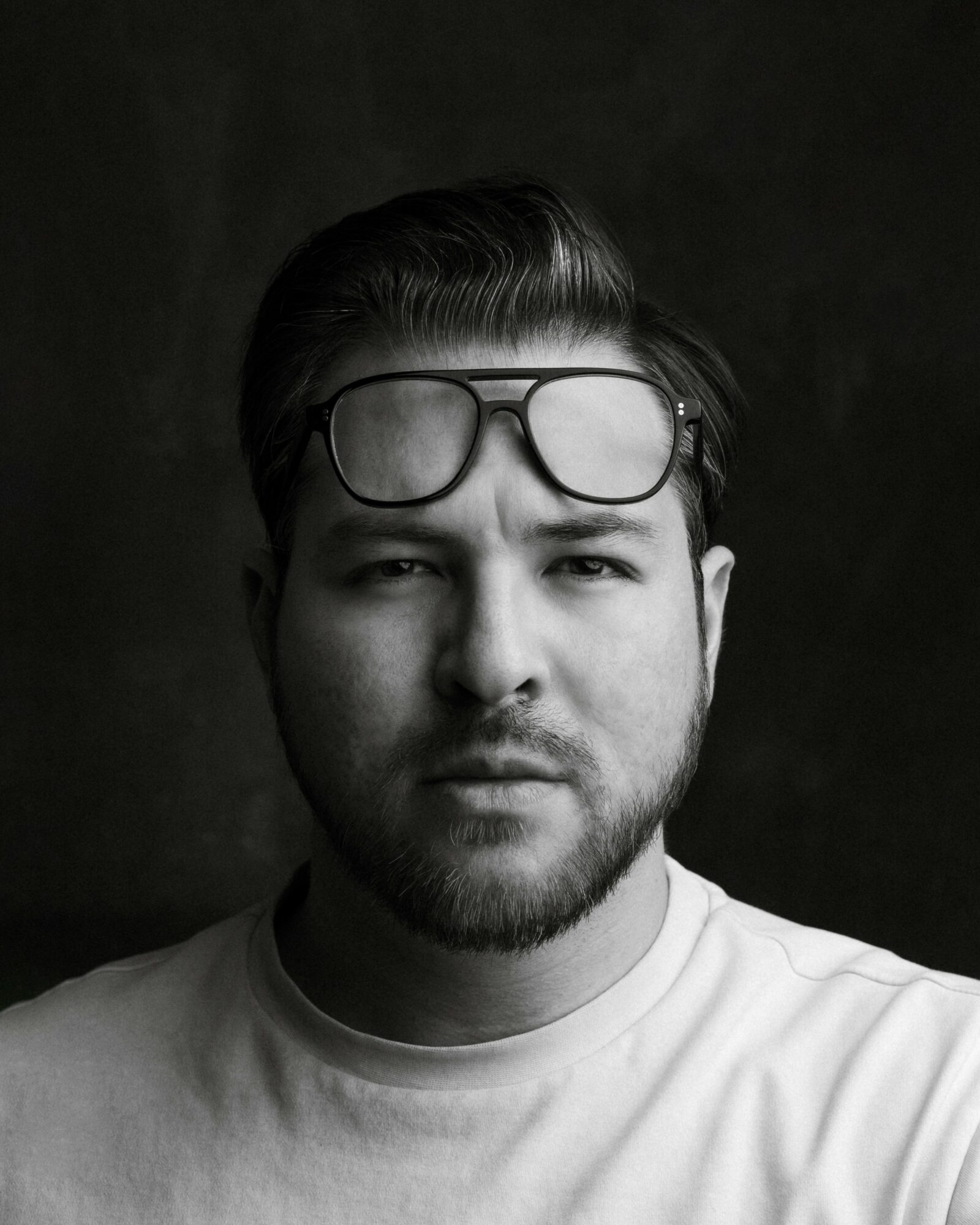

Today we’d like to introduce you to David Teran.
Hi David, we’re thrilled to have a chance to learn your story today. So, before we get into specifics, maybe you can briefly walk us through how you got to where you are today?
Taken from the introduction of my recent book, Hasselblad Ballet:
David Teran’s photography portfolio is punctuated by his work with ballerinas. This facet of his photography leads to a question David has heard countless times: “Why ballerinas?” Though he has answered this in many ways, it is best answered through the images displayed throughout the pages of this book.
David’s path to photography mirrored the journey of many uninspired students. He considered studying journalism, then briefly attended seminary at his father’s suggestion. Finally inspired by the cartoon film *Ratatouille*, David began a pursuit of the culinary arts. His passion for food, coupled with the romantic allure of Paris, seemed like a perfect fit for his dream of becoming a chef. David was sure this was his calling in life.
Photography was not David’s first choice, and in a way, it wasn’t his choice at all. Instead, it was called out of him by singer Marcos Witt. Encouraged by a friend, David bought a camera to share his culinary art. Like many new photographers, he received requests from acquaintances who needed a photographer. In 2008, while capturing photos for a friend of Marcos, Witt recognized the talent and skill in David’s work. Marcos suggested one more twist in David’s career path, imploring him to abandon the kitchen and wholeheartedly pursue photography. Rather prophetically, Witt encouraged David, saying, “Someday your photos will be seen around the world.” David was reticent with doubts regarding Witt’s comment, still seeing himself as a future chef. But Witt’s words quickly came true. Just two years later, David was a full-time photographer, and he was called upon to take pictures for Marcos Witt’s “25 Concierto Conmemorativo” album cover. Those images ended up on buses and billboards across Latin America, and Marcos remains one of David’s biggest fans to this day.
In 2017, David agreed to travel to Argentina for Christine D’Clario’s album cover. David’s connection to the world of music had grown through his association with Marcos Witt. Just a few days after finalizing plans for the trip, David noticed a *Vogue* article about Buenos Aires. The article was written by a ballerina who had been working as a guest dancer at the Buenos Aires Teatro Colón. As David read the story and looked at the photos, he realized he had been to many of the places featured in the article during his previous trips to Argentina. At the end of the article, the author mentioned an Argentinian ballerina friend named Marisol Lopez Prieto. Captivated by the allure of Buenos Aires, often referred to as the Paris of South America, David decided to include a photoshoot during his trip. He asked Marisol, and she agreed. David brought along his “hobby” camera at the time, the Hasselblad 500C/M, and used it for the shoot on film.
What started as another opportunity to photograph in Argentina was the genesis for the question, “Why ballerinas?” The ballerina’s grace, the artistry of film, the quiet Sunday morning streets of Buenos Aires, Marisol’s warm hospitality during the shoot, and the perfect weather all came together to create a seminal moment in David’s life. Then, much like Witt years before, it was Marisol who altered David’s course. She suggested that, considering David’s extensive traveling for photo shoots, he should include a ballerina in each city. This magical Sunday morning, and that idea, would inspire David to photograph ballerinas worldwide.
In 2022, by a stroke of happenstance, while traveling to Havana, Cuba, David had the opportunity to photograph the same ballerina he had once seen in *Vogue*. By that time, David was deeply immersed in his Hasselblad Ballet project, and the name Isabella Boylston had become as familiar to him as it is to the ballet world. The dancer who had served as inspiration for creative work in Argentina was now a bucket-list ballerina for David’s project.
What kismet that Isabella and David would be traveling to Cuba at the same time! Isabella, now one degree of separation from David in several directions, happily agreed to do a photo shoot with him. David and Isabella moved through Old Havana, filling the 12 frames, when they came to an old Chevrolet. David asked Isabella if she’d be okay lying under the car, then used an iPhone “digital Polaroid” to show her what the image could look like. Dread filled David when she responded, “But you can’t see my face.” David explained that the anonymity with only her legs featured was the intent. She loved it. Isabella Boylston, the renowned ballerina, was photographed with her ballet legs extended beneath the car in Havana, virtually rendering her anonymous. The same ballerina whose inspiration started it all now graces the cover of Hasselblad Ballet.
Ballet is an art performed with precise mastery and perfection. David captures this perfection in just 12 frames, using one roll of sometimes imperfect black and white film, often with unorthodox and quirky poses. He achieves it using a camera that, despite its historic associations with The Beatles crossing Abbey Road, Ansel Adams’ work, and capturing the first steps on the moon, is now considered outdated compared to today’s modern tools. The combination of these two art forms, seen through the eye of a man called to this craft, answers the question “Why ballerinas?” and forms the heart of Hasselblad Ballet.
I’m sure it wasn’t obstacle-free, but would you say the journey has been fairly smooth so far?
Working with a slow medium like medium format analog film always presents challenges. Having to trust my intuition and know that the work I’ve put in to learn my craft is easy for me… but not so easy to convey to my subjects. Not to mention the physical aspect of dealing with film. Traveling with film is a nightmare, going through airport security in a day and age when they are not used to seeing it, and asking them to avoid x-ray can come across as suspicious.
And then of course the chemistry of film. Sometimes I’ve shot with bad batches of film, which ruin the images – and you don’t realize this until some time after the photo shoot, which can’t be re-done anymore.
Appreciate you sharing that. What else should we know about what you do?
I’m the creator of Hasselblad Ballet, a fine art photography project that brings together the precision of analog photography and the expressive beauty of ballet. The entire project was shot on a Hasselblad 500C/M using black-and-white film, and it spans 50 cities in 19 countries. I worked with over 150 ballerinas, capturing thousands of frames on 280 rolls of film, ultimately curating 250 final images into an 11×11-inch, 252-page coffee table book.
What sets Hasselblad Ballet apart is the contrast between the classic and the unexpected. While ballet is often portrayed as graceful and polished, I wanted to show a different side—playful, strange, and at times surreal—while still honoring the discipline and artistry behind the movement. Shooting with a fully manual, medium format film camera forced a level of intention and collaboration that digital photography often skips over. Each frame counted. That process allowed for a deeper connection with the dancers and a more timeless final image.
I’m proud that this body of work stands as a celebration of analog craftsmanship and creative risk-taking. It’s not just about photographing dancers—it’s about exploring what happens when you slow down, trust your tools, and allow space for the unexpected.
Are there any apps, books, podcasts, blogs or other resources you think our readers should check out?
Absolutely. I’ve always been drawn to photographers who merge technical mastery with a strong sense of whimsy or emotion. Rodney Smith has been the most instrumental influence on how I see the world and frame my work—especially in Hasselblad Ballet. His surreal, timeless compositions and commitment to shooting film resonate deeply with me. I own nearly every book ever published about his work and revisit them constantly for inspiration.
Irving Penn, Richard Avedon, and Annie Leibovitz have also shaped my approach in different ways. Penn’s elegant simplicity, Avedon’s raw honesty, and early Leibovitz’s theatrical edge all left a mark on how I think about portraiture—especially when working with dancers who carry so much emotion in their movement.
I’m not big on apps or productivity hacks—I do my best work when I disconnect and immerse myself in physical books, slow processes, and analog tools. For me, the real inspiration comes from going deep, not fast.
Contact Info:
- Website: https://www.hasselbladballet.com
- Instagram: http://www.instagram.com/hasselblad_ballet
